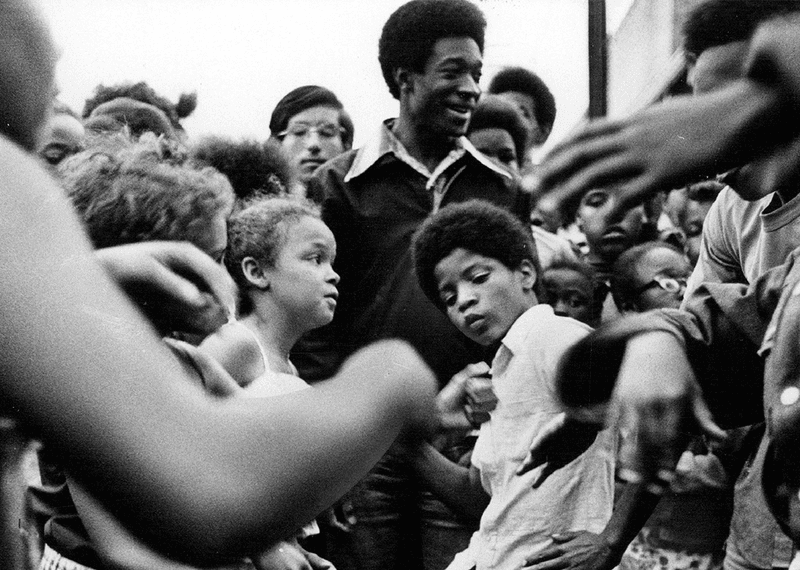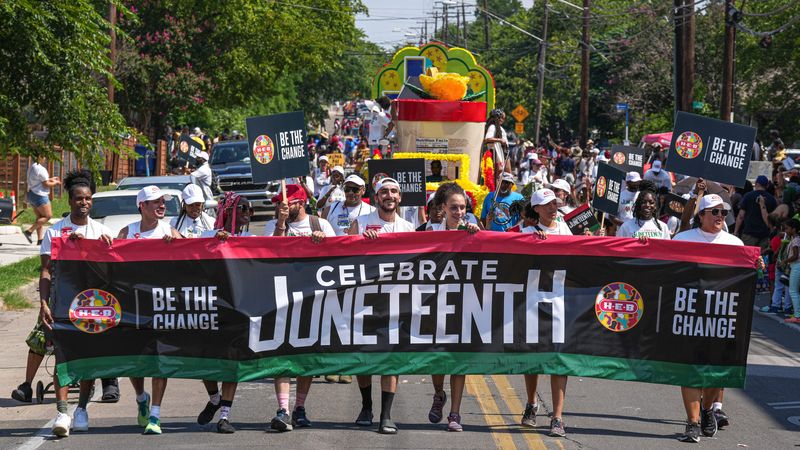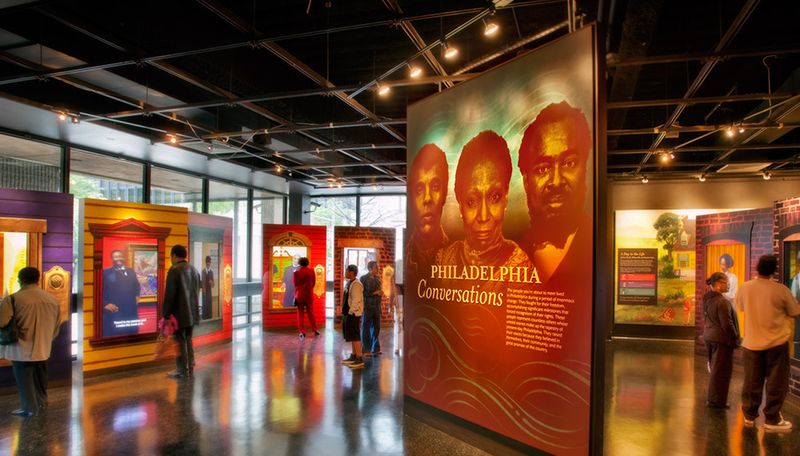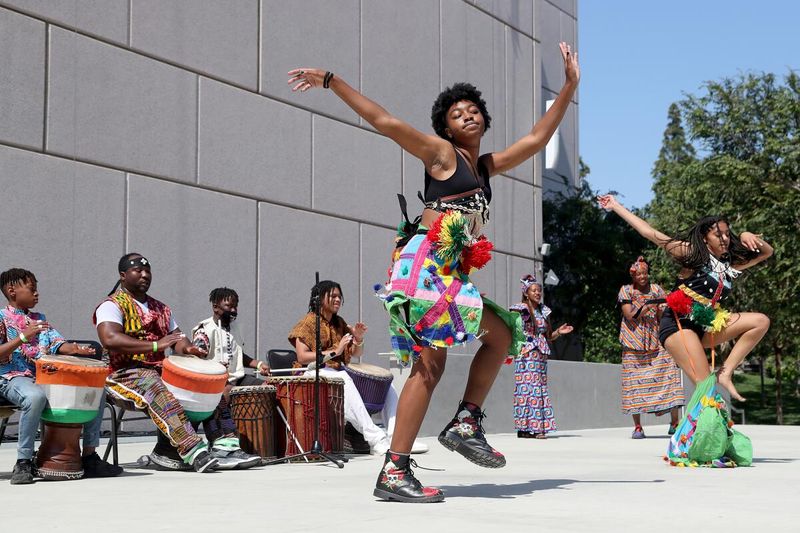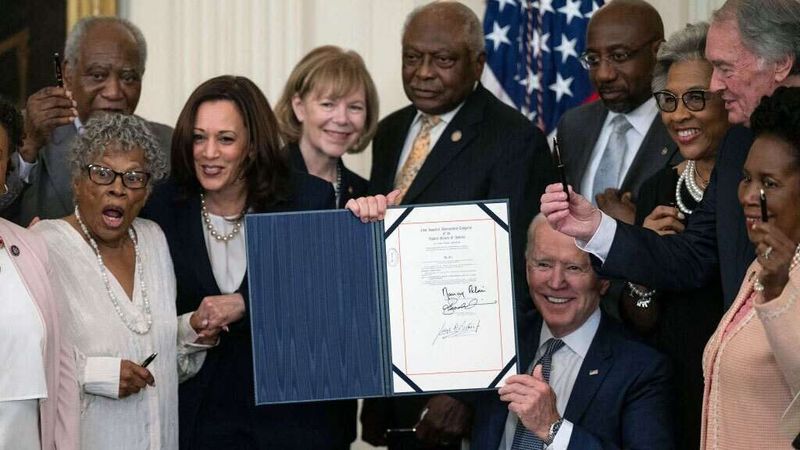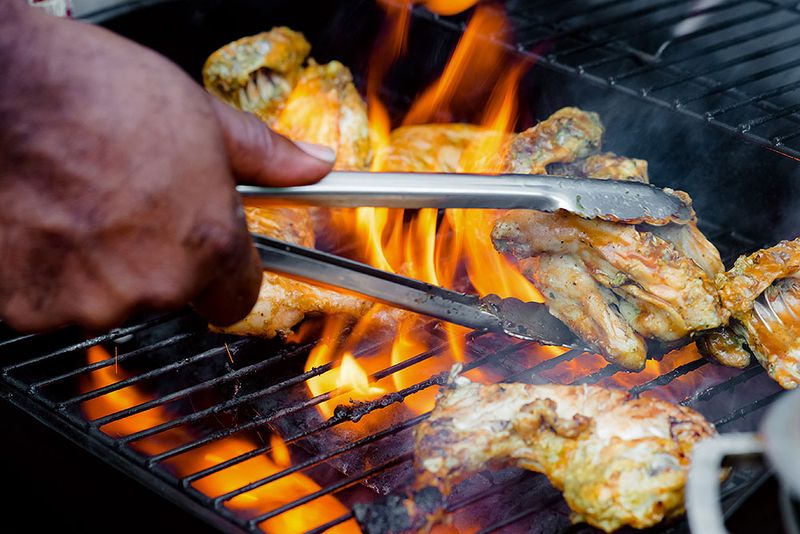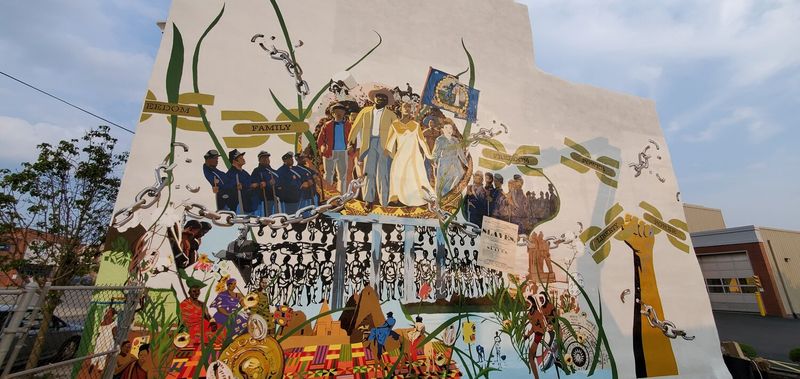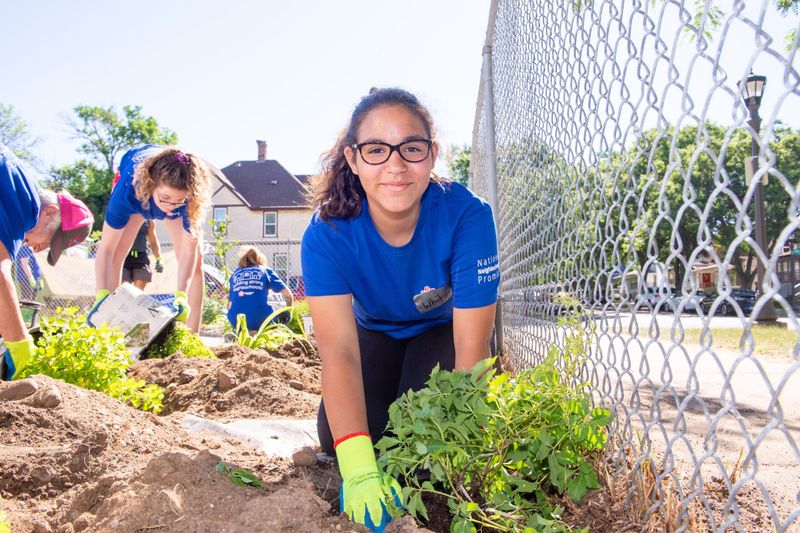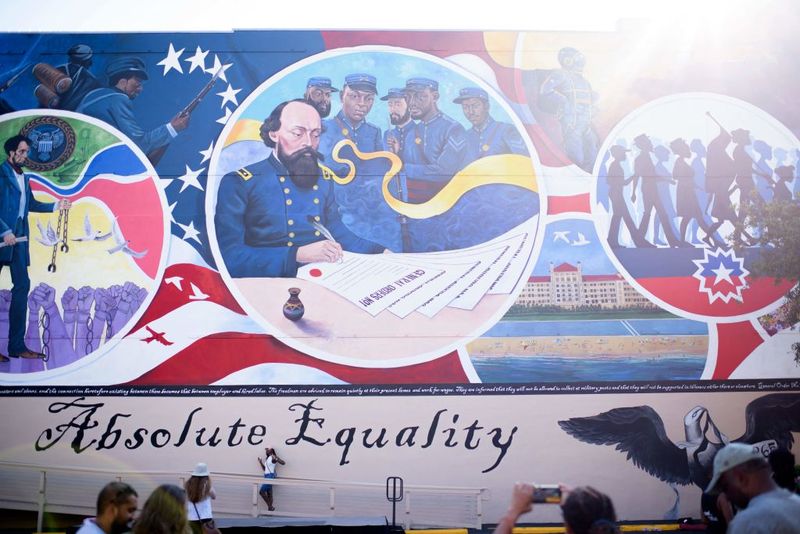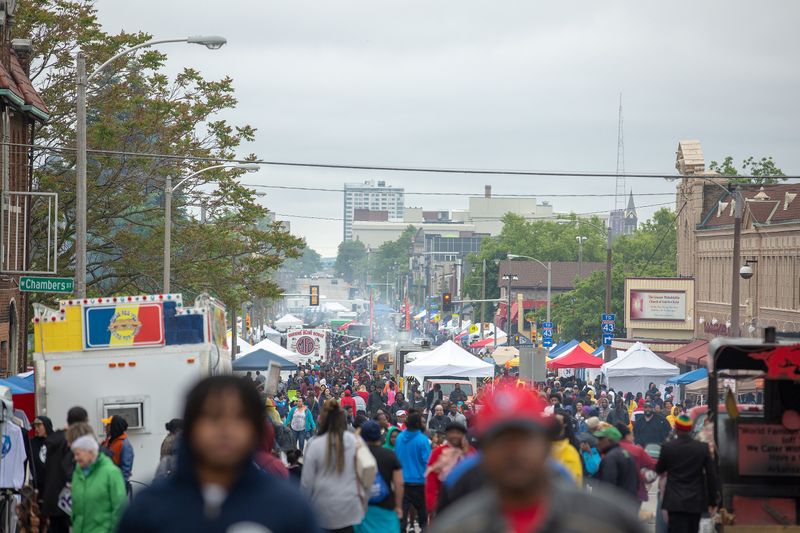Juneteenth marks the day in 1865 when the last enslaved African Americans in Texas finally learned they were free. This momentous occasion has evolved into a celebration that honors Black history, resilience, and achievement across America. From backyard barbecues to educational events, Juneteenth offers something meaningful for everyone while reminding us of the ongoing journey toward true equality.
1. Freedom’s Delayed Arrival
The heart of Juneteenth beats with the powerful story of liberation finally realized. When Union General Gordon Granger arrived in Galveston on June 19, 1865, he delivered news that would forever change the lives of 250,000 enslaved people – they were free at last.
This moment came a full two and a half years after Lincoln’s Emancipation Proclamation. The delay itself teaches us about persistence and hope during the darkest times.
Many families trace their freedom stories directly to this day, creating an unbroken line of testimony about what it meant to transition from property to person in American society.
2. Red Foods Tradition
Vibrant red foods dominate Juneteenth celebrations for deeply meaningful reasons. The crimson color symbolizes the bloodshed and sacrifice of ancestors who didn’t live to see freedom realized.
Strawberry soda, watermelon, red velvet cake, and hibiscus tea create festive tables that honor African heritage. Some historians connect this tradition to West African cultures where red foods marked special occasions.
Modern celebrations have expanded these traditions with creative spins like red hot links at barbecues, ruby-colored cocktails, and raspberry-topped desserts – each bite connecting celebrants to both history and hope.
3. Intergenerational Storytelling
Gathered under shade trees or around picnic tables, elders share freedom stories that textbooks often miss. These oral histories preserve family journeys from enslavement to freedom, creating living bridges between past and present.
Children absorb these narratives, learning resilience from ancestors who survived unimaginable hardship. Many Juneteenth celebrations formalize this tradition with designated storytelling circles or recorded interviews with community elders.
Family photo albums, heirloom quilts, and treasured objects often accompany these stories, providing tangible connections to ancestors who might otherwise be forgotten in mainstream historical accounts.
4. Community Parades
Streets transform into rivers of joy as Juneteenth parades wind through neighborhoods with music, dancing, and spectacular floats. Community organizations, schools, and local businesses join together, creating a vibrant display of unity and celebration.
Marching bands fill the air with soulful rhythms while dancers in colorful attire perform traditional movements. Many parades feature historical figures portrayed by community members, bringing heroes like Harriet Tubman and Frederick Douglass to life.
Children wave flags and collect candy while learning that freedom deserves public celebration. These parades grow larger each year as more communities embrace Juneteenth’s significance.
5. Educational Exhibitions
Museums and cultural centers create special Juneteenth exhibitions that fill critical gaps in American history education. Interactive displays bring to life the journey from enslavement to freedom through artifacts, photographs, and personal testimonies.
Visitors encounter stories of resistance, resilience, and rebuilding that challenge simplified narratives. Many exhibitions highlight local freedom fighters and community builders whose contributions shaped their regions.
Digital archives now extend these learning opportunities beyond Juneteenth itself, allowing year-round access to historical documents and recorded interviews with descendants of formerly enslaved Americans whose family stories illuminate our shared history.
6. Music and Dance Celebrations
Rhythms of freedom pulse through Juneteenth celebrations as drums, voices, and dancing bodies express joy that words alone cannot capture. Traditional African drums connect celebrants to ancestral roots while jazz, gospel, blues, and hip-hop showcase the evolution of Black musical genius.
Step teams and dance troupes perform routines that blend historical movements with contemporary expression. The electric slide brings everyone to their feet, creating community through shared movement across generations.
Musical performances often include freedom songs from the civil rights era alongside new compositions that speak to today’s struggles and triumphs, demonstrating how Black music continues to soundtrack liberation movements.
7. Federal Holiday Recognition
The 2021 signing of legislation making Juneteenth a federal holiday represented a watershed moment in American history. After decades of grassroots advocacy, this recognition elevated Juneteenth from a regional celebration to a national day of reflection.
Federal recognition created opportunities for broader education about this pivotal moment in American history. Schools, workplaces, and government institutions now have an official framework for commemorating the end of slavery.
The holiday status also provides economic benefits as businesses close or modify hours, allowing more Americans to participate in community celebrations and educational events that deepen understanding of our complex national story.
8. Entrepreneurship Showcases
Black-owned businesses shine during Juneteenth festivals, creating marketplaces bursting with creativity and enterprise. Vendors sell everything from handcrafted jewelry and custom clothing to homemade food and natural beauty products.
These marketplaces honor the entrepreneurial spirit of newly freed people who built businesses despite overwhelming obstacles. Many communities organize special business directories and promotional campaigns specifically for Juneteenth.
Young entrepreneurs often get their first sales experience at these events, with special areas dedicated to youth-run businesses. The economic circulation within the community reflects the self-determination and economic empowerment central to true freedom.
9. Culinary Traditions
Smoke rises from barbecue pits as master grillers tend to ribs, brisket, and chicken using recipes passed down through generations. The distinctive aroma signals that Juneteenth celebrations are underway, drawing communities together around food that tells a story.
Beyond the famous red foods, Juneteenth menus feature dishes that showcase ingenuity and adaptation. Collard greens, black-eyed peas, cornbread, and sweet potato pie represent the culinary genius that transformed limited ingredients into soul-satisfying cuisine.
Community cookbooks often document these recipes, preserving culinary heritage while creating opportunities for intergenerational cooking lessons that keep traditions alive.
10. Educational Scholarships
Juneteenth scholarship funds create pathways to higher education for young people, honoring ancestors who were legally forbidden from learning to read and write. Many community organizations announce scholarship recipients during Juneteenth celebrations, publicly affirming the value of education.
These scholarships often carry the names of local historical figures or community elders, connecting recipients to a legacy of excellence. Students typically complete essays about freedom, equality, or community service as part of their applications.
Alumni of these scholarship programs frequently return to mentor new recipients, creating an expanding network of support and achievement that strengthens entire communities.
11. Artistic Expressions
Vivid murals, powerful sculptures, and evocative paintings transform public spaces during Juneteenth, as artists visualize freedom’s meaning across generations. Art installations often incorporate historical documents, photographs, and symbols that invite reflection on the journey from enslavement to liberation.
Poetry slams and spoken word performances give voice to complex emotions about America’s racial history. Many communities commission permanent public art to ensure Juneteenth’s message endures beyond the celebration itself.
Children’s art contests encourage young people to interpret freedom through their own eyes, resulting in heartfelt creations that reveal how each generation understands this continuing journey.
12. Family Reunions
Family trees sprout new branches during Juneteenth as relatives travel across states and sometimes continents to reconnect with their roots. These gatherings hold special significance because enslaved families were routinely separated, making reunion a powerful act of healing historical wounds.
Matching T-shirts, elaborate photo sessions, and family history displays mark these joyful occasions. Many families use DNA testing services to locate long-lost relatives, sometimes resulting in emotional first meetings during Juneteenth celebrations.
Genealogy workshops help families document their histories, preserving stories of ancestors who survived enslavement and built foundations for future generations despite overwhelming obstacles.
13. Community Service Projects
Freedom finds practical expression through Juneteenth service projects that transform neighborhoods and meet community needs. Volunteers plant community gardens, clean up parks, paint schools, and repair homes for elderly residents.
These projects honor the mutual aid societies formed by newly freed people who pooled resources to build churches, schools, and businesses. Many organizations coordinate blood drives during Juneteenth, recognizing that giving life-saving blood represents a profound form of community care.
Youth often lead these initiatives, learning that freedom comes with responsibility to others. The visible improvements left behind create lasting reminders of Juneteenth’s spirit of collective advancement.
14. Historical Reenactments
History breathes and moves during Juneteenth reenactments that bring pivotal moments to life with meticulous attention to detail. Actors in period clothing recreate General Granger’s reading of General Order No. 3, allowing modern audiences to witness the exact words that announced freedom.
Some communities stage elaborate productions showing the journey from enslavement through Reconstruction. These performances often include authentic music, dance, and oratory from the period.
Interactive elements invite audience members to imagine themselves in historical moments, creating emotional connections that textbooks alone cannot achieve. Many participants describe these experiences as transformative, deepening their understanding of both past and present.
15. Global Solidarity Events
Juneteenth celebrations now span continents as Black diaspora communities and allies worldwide embrace this freedom commemoration. From London to Tokyo, Amsterdam to Accra, events highlight shared histories of resistance against oppression.
These global observances often incorporate local freedom struggles alongside American history. Digital platforms enable international participants to join virtual celebrations, creating unprecedented opportunities for cross-cultural dialogue about liberty and justice.
Many international events include educational components about the global impact of American slavery and its abolition. This expanding worldwide recognition demonstrates how Juneteenth’s message transcends borders while honoring the specific American experience it commemorates.



